Active and Engaging Reflection Brings Experiential Learning to Life!
Active and Engaging Reflection Brings Experiential Learning to Life!
Author: Jen Stanchfield
"We do not learn from experience. We learn from reflecting on experience." This quote, often attributed to John Dewey, speaks to the power of reflection.
Reflective practice fosters emotional connection and helps the learner internalize lessons, create ownership, and develop insight — one of the most critical life-long skills to acquire. When we engage participants in ongoing reflection, we help them retain and apply lessons to other areas of their lives and promote their ability to become more thoughtful learners.
The Brain, Learning, and Reflection
Educational neuroscience shows us that reflection creates context — connecting the experience to the purpose of the lesson/experience at hand, real life application, future learning — and in doing so cultivating relevancy and meaning. It promotes the development of multiple pathways to learning, and meaningful connections between one experience and another. Neuroscientists call this patterning — the process in which the brain searches for patterns to construct meaning from the input it receives.
Impactful reflection begins the moment a group walks in the door — if not before. Reflection is a practice, not an event, and can be woven throughout experiences in many creative ways. Creating an inclusive and well-designed welcoming reflection activity (sometimes called a warm welcome, first five, or hook activity) to start a session, primes reflection and creates an opportunity for participants to make positive connections with their peers and the upcoming lesson or experience.
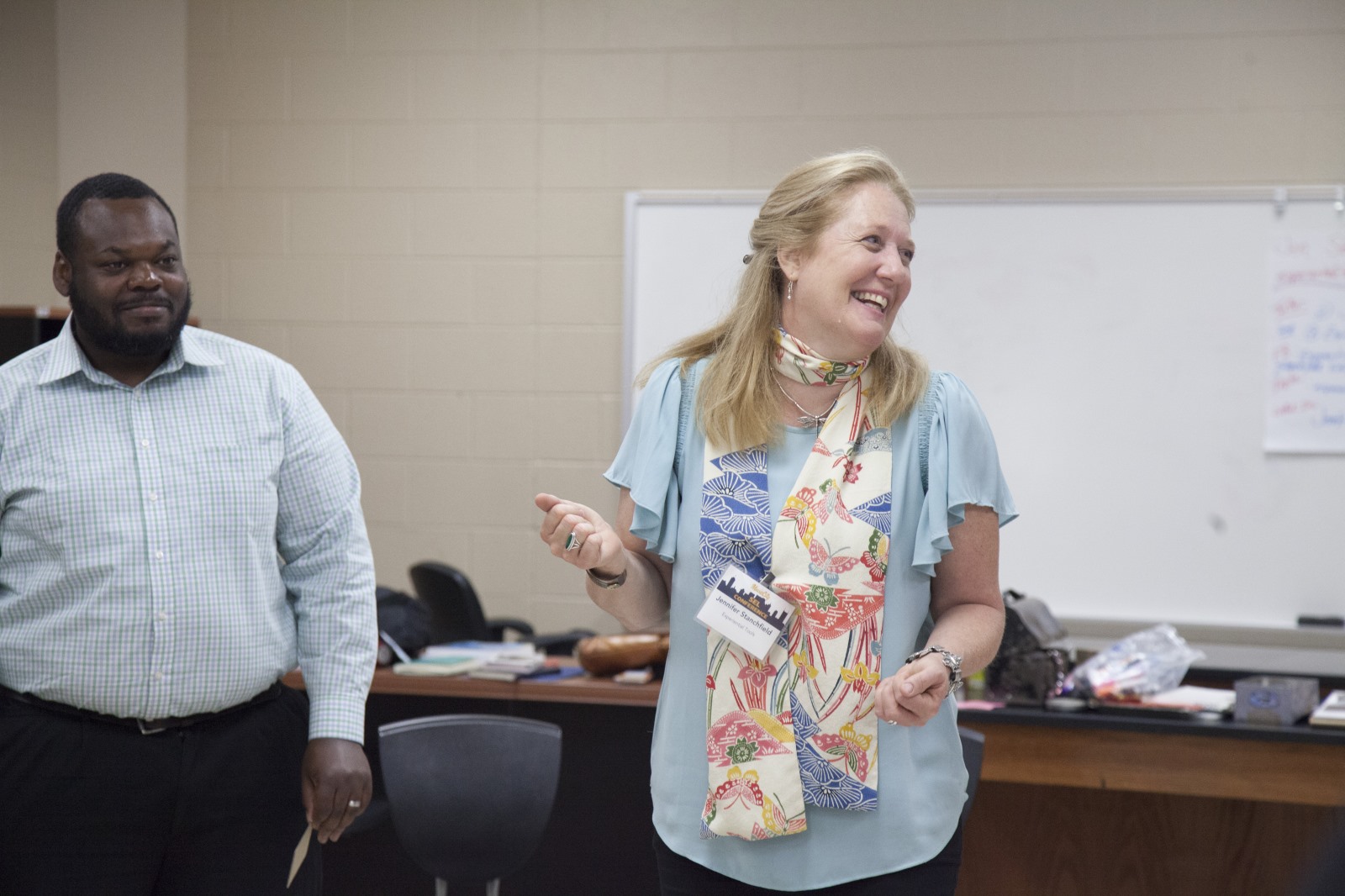
Planting Seeds for Reflection
You can be very intentional about this kind of opening reflection by using a reflective prompt activity targeted at your program's purpose for gathering. For those of you who have attended my sessions, you know I am a big fan of using metaphoric objects, quotes, and other tangible objects to hook a group's attention and spark reflection in a low-stakes but meaningful way.
For example, last week, in a workshop with educators to kick off planning for the next school year, I laid out my new "Everywhere-a-Sign" postcards. As participants entered and gathered for coffee, I invited them to choose a sign representing the direction they would like to take their school community this fall.
This reflective welcoming took place in a relaxed way during gathering and breakfast time, allowing for a slow but intentional start to the day. Once everyone was in the room and settled, I began by having them find a "domino partner" who matched them in some way and chat about their card choice. This allowed the group to get comfortable and start reflecting in a low-stakes way with choice.
Choice-centered welcoming reflections empower participants when they start the day as the partner in the learning experience by choosing something relevant to them and highlighting their own voice and opinions. This not only starts to shift responsibility for the experience to ownership by the whole group. It helps participants begin to become fully present in the present experience and let go of the outside stressors or distractions. On a practical note, engaging a group in a welcoming activity allows the facilitator to relax and greet people casually or, if necessary, make last minute preparation adjustments or take attendance while the group is engaged in something self-directed and meaningful. It also allows folks who come in late to not feel rushed as they can easily slip into the welcoming reflection activities.
Start Small for a Bigger Impact
Effective facilitators and educators carefully sequence their programs so that lessons and activities build upon the previous ones. They start with less intimidating methods to build comfort, trust, and rapport in the group before increasing the challenge. I like to put the same thought and planning into sequencing the reflective part of the experience.
For example, rather than opening a program or class with a whole circle introduction, I always begin rapport building and reflective dialogue with a partner or small group sharing activities and blend in simple, non-threatening — but relevant, context-setting — questions or an object, image or quote to use as a talking point. This allows participants to warm up by interacting with just one or two others at a time before sharing with the larger group. This incremental building of connections, one or two people at a time, rather than beginning as a whole classroom or whole group "sharing circle," helps learners build comfort with each other and the group process, and honors the introverts, leading to more engagement, buy-in, and in-depth reflection discussions later on. To better meet the needs of all participants, I encourage you to reflect upon and possibly rethink the default settings and structures often used in facilitation and teaching.
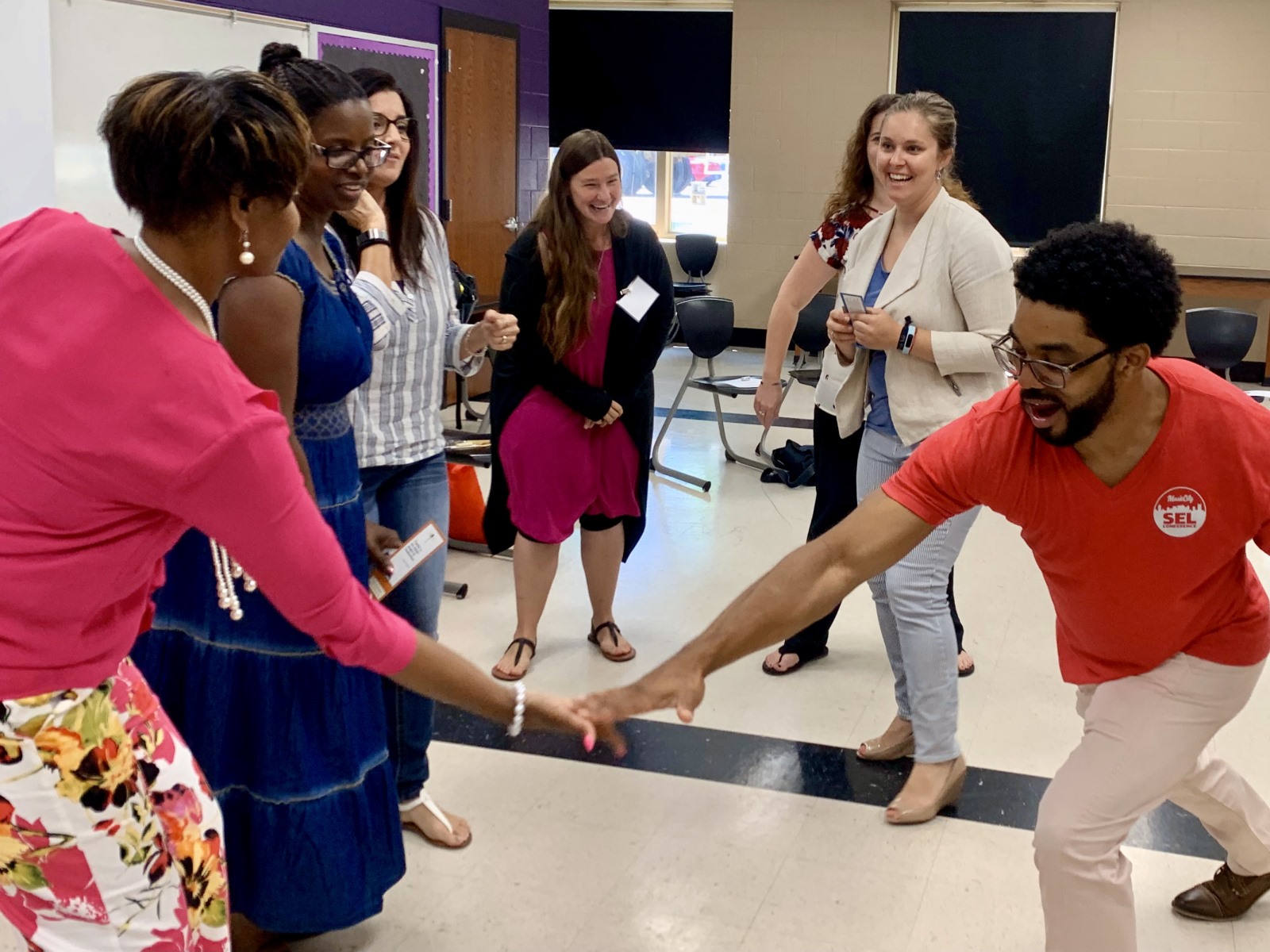
Repurpose “Rapport Builders” and Games for Reflection and Academic or Training Content Review
Over the years, I have repurposed the community-building and “ice-breaking” (I like the terms “rapport building” or “community builders”) activities I traditionally use at the start of a program as active reflection techniques facilitated throughout a workshop or class. My favorite rapport builders — Handshake Mingle, Concentric Circles, Trade and Share, and Commonalities Mingle — engage groups in active reflection and dialogue for meetings, social and emotional learning, advisory, or academic/training content exploration. I bet if you think about it, your favorite activities for building community and rapport to warm up a group can also be repurposed with reflection in mind.
Harness the Power of Metaphoric Reflection
Symbols, images, and objects help people communicate their thoughts and create meaning from experiences. They spark emotions and help people understand and communicate abstract concepts that cannot always be translated into words. Of all the methods in my group facilitation and teaching toolbox, my collections of metaphoric images and objects are the most powerful tools for igniting meaningful reflection for individuals and groups. Reflection sparked by using image cards, pictures, artwork, and tangible objects has a richness, depth, substance, and level of participation that verbal-only techniques rarely bring about. They spark emotions and help people understand and communicate abstract concepts that are difficult to translate into words.
Interesting objects and images capture participants' attention, arouse emotion, and draw them into an experience or reflective discussion. People often engage more readily and share more deeply when they have a visual or tactile symbol representing their thoughts and feelings. Brain research suggests this might be because using metaphors and symbols in conversation stimulates multiple brain areas involved in other senses.
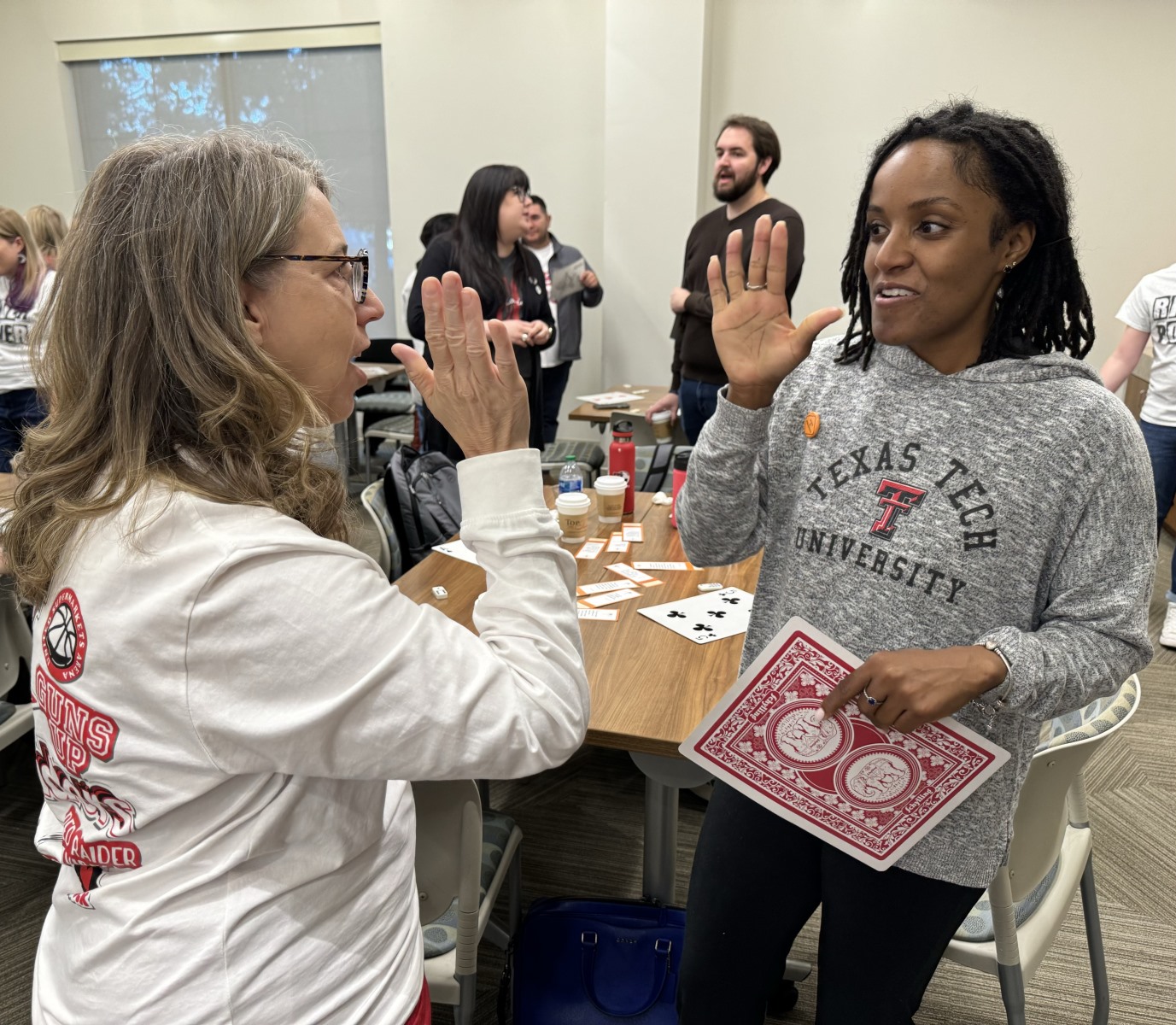
Be Intentional About the Language We Use In Reflection
Along with thoughtful design and sequencing, the language we use in facilitating reflection is powerful. I intentionally use the word reflection rather than debriefing in describing the practice for many reasons. Most importantly, because I want to communicate that reflection is an ongoing, engaging, and integrative practice experience from beginning to end and beyond, creating stronger connections between learning experiences and real-life outcomes. Ideally, the participant takes more and more ownership and direction in this process as the facilitator/leader/teacher gradually steps into the background. Rather than a report-out to the leader, reflection can be an interactive, co-creative discussion or solo self-reflection exercise to help participants find meaning in their experiences and carry the learning forward.
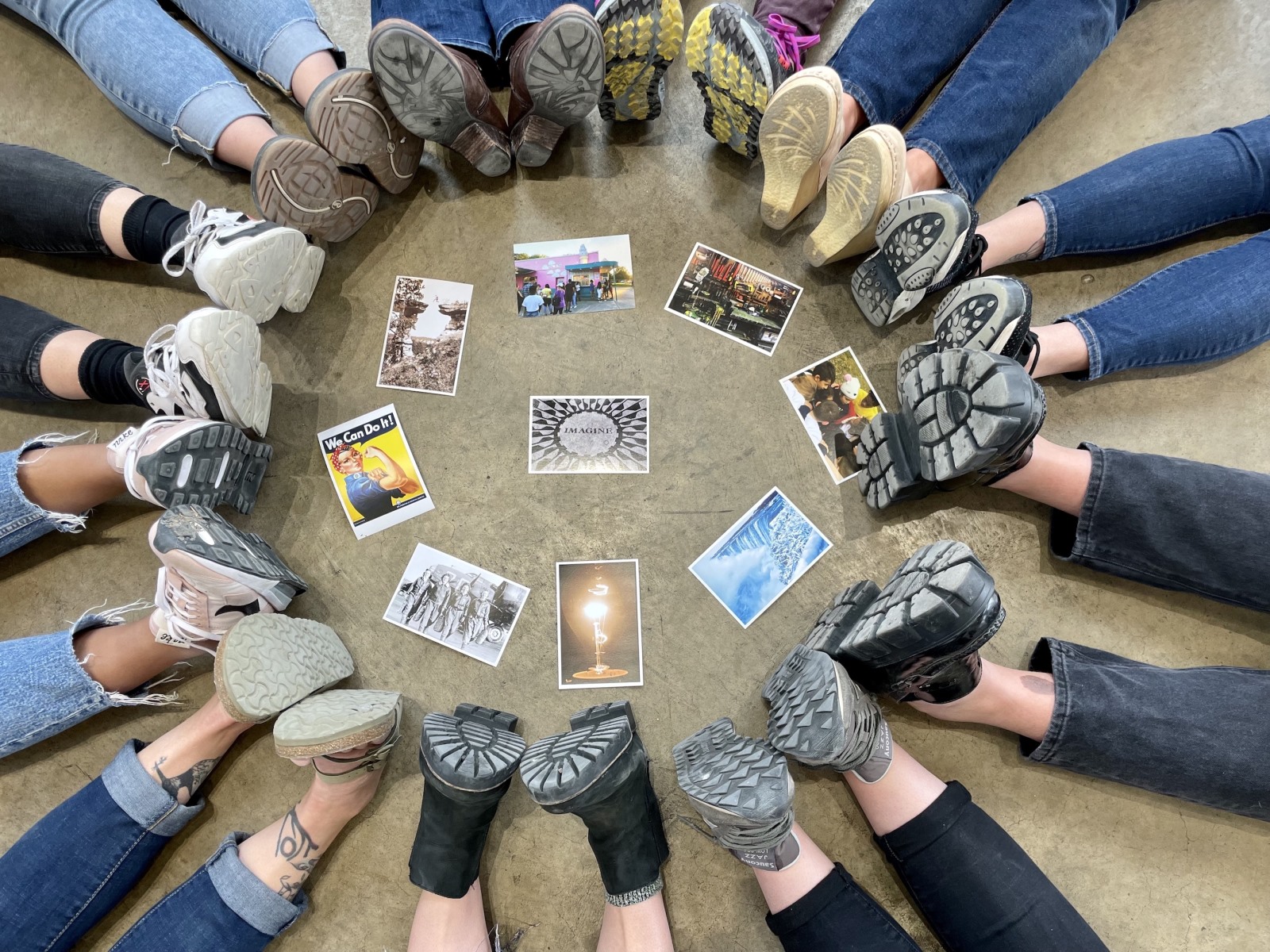
Integrate Art and Creative Expression in Reflection
There is great power when learners create symbols, music, words, or performance to represent feelings and experiences. The very essence of art is expressing oneself. Throughout history, humans have used artistic expression to explore, understand, and share ideas and experiences.
Involvement in individual/group art activities can be a rich, reflective process for participants. Creating one's own symbol of experience and/or collaborating on creating a group symbol can add depth and breadth to the initial experience and provide a powerful, tangible reminder of the learning. When a symbol is used or created for reflection, it leaves the opportunities for meaningful interpretation of an experience wide open, enhancing emotional connection, retention, and application to real life.
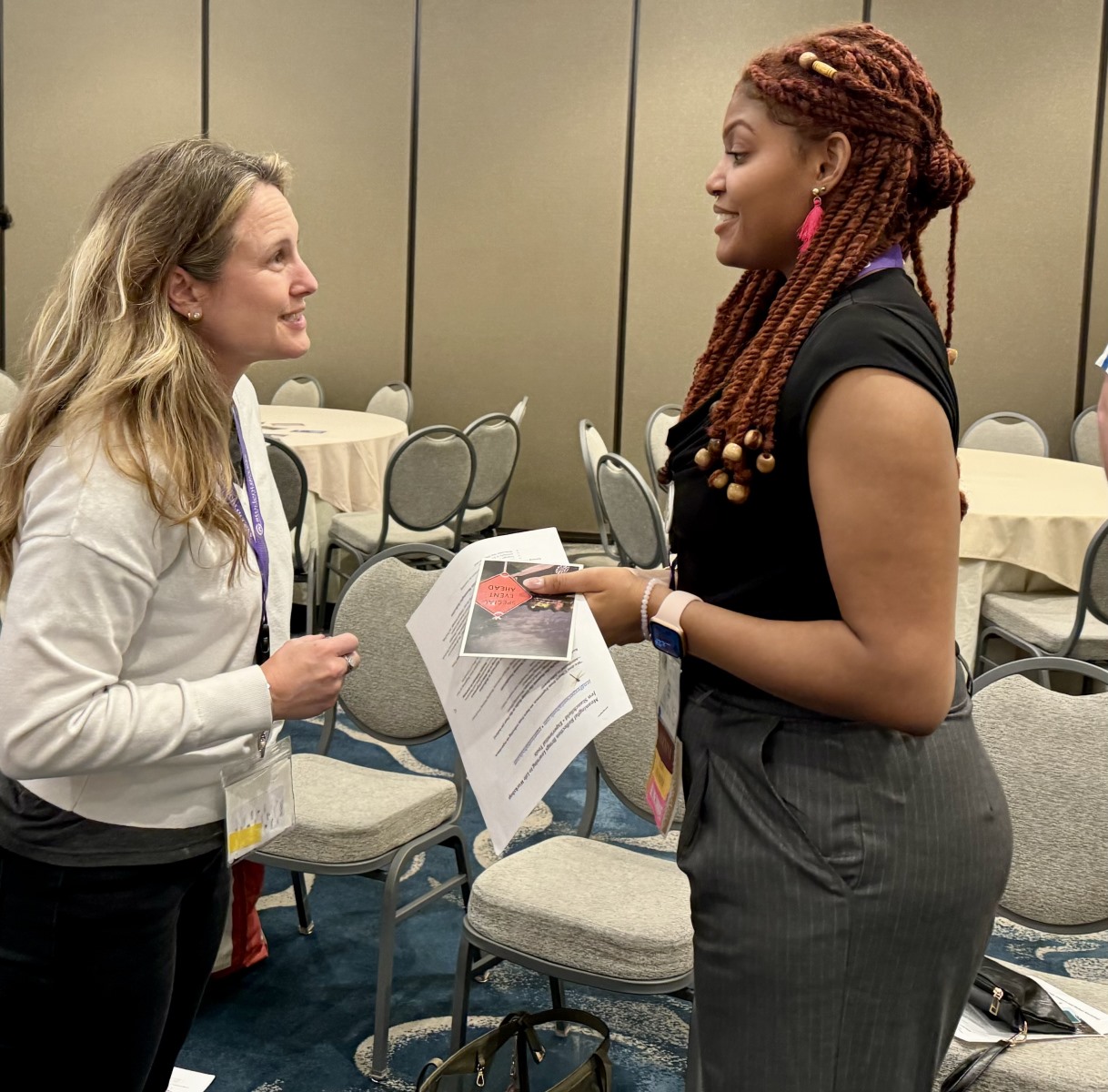
Facilitate Optimistic Closing Activities and Appreciation
The last moments of an experience are your opportunity to tie it all together and cultivate lasting lessons. An optimistic closing reflection creates the opportunity for a meaningful ending.
Research on attention and retention emphasizes the importance of the "primacy-recency effect," demonstrating that learners remember the most about the first and last moments of an experience. Educational Neuroscience indicates that the first five minutes of a program, class, or session is the key time to hook and engage participants, create context, and set a positive tone. Then, the last moments of an experience are your opportunity to celebrate and spark future learning.
At the upcoming International AEE Conference in Pittsburgh, I am offering a session focused on strong beginnings, meaningful, optimistic endings, and other practical ways to weave reflection throughout experiences. In the meantime, to read more articles about experiential reflection visit the Inspired Educator blog.
Please contact me with comments, questions, or ideas for your programming. I hope to see you in Pittsburgh in November!
About the Author:
Jen Stanchfield, M.S., of Experiential Tools, empowers educators and facilitators across the globe through engaging workshops, books, and reflection tools. With 30 plus years of experience, she integrates experiential teaching, facilitation, and neuroscience to foster meaningful engagement, connection, and reflection. Her work spans schools, universities, mental health, business, and community organizations worldwide. Jen’s diverse background includes roles as educator, recreational therapist, curriculum designer, and community builder. She holds a B.S. in recreational therapy and outdoor education from the University of New Hampshire and an M.S. in experiential education from Minnesota State University, Mankato. She is the author of Tips and Tools for The Art of Experiential Group Facilitation and Inspired Educator, Inspired Learner. She is the creator of the Inspired Educator Blog at experientialtools.com. Jen's participant-centered, inclusive approach has empowered experiential practitioners across generations with practical engagement, community building, and reflection techniques, fresh perspectives, and a deeper understanding of experiential facilitation and teaching.
